Looking for some great literacy assessments for your Kindergarten, first grade, or second grade students? In this blog post, I’m sharing 5 of my favorites!
Before I share them, though, please keep these points in mind:
- No single assessment is comprehensive! We don’t want to over-assess our kids, but at the same time, no one measure is going to give us sufficient knowledge about a child’s literacy development.
- Some kids don’t perform particularly well on tests. We can help by creating a low-pressure environment. But we can also observe their work on a daily basis and not over-rely on benchmark test results, especially if they don’t seem to be accurate.
- The purpose of assessing is to inform your instruction. Assessing can feel overwhelming or tiring at times. But use it to your advantage – take those results and use them to focus and strengthen your teaching!

Phonics or Spelling Inventory
This is my favorite for late Kindergarten, first grade, and second grade students! (It can also be helpful with older students, too.)
In a phonics or spelling inventory, you have students spell words, like on a spelling test. However, the words have been carefully chosen to include certain phonics features (i.e. digraphs, long vowels, etc.).
When you analyze each student’s work, you can quickly see learning gaps or areas of weakness. For example, if a student spelled “ship” as “sip,” you’ll know that they probably need to work on the digraph “sh.”
If you need a phonics inventory, you can grab one for free from my phonics program From Sounds to Spelling. Go to the website and click the “free trial” button. The phonics inventory will be available in your login after you sign up.
Note: If you’re using a phonics inventory other than the free one linked here, make sure it includes words that students are not likely to already know how to spell. For example, many kids have memorized the word “sun,” but they may not have memorized how to spell the word “pun.” Having them write “pun” is a better way to determine if they know the short u sound, because they probably won’t have memorized that word.
Nonsense Word Reading Assessment
Before I became a reading specialist, I didn’t fully understand why nonsense word assessments are valuable. But now I get it, and I love them!!
A nonsense word reading assessment helps you understand what phonics patterns students can decode. For example, if they successfully decode the word “floud,” you’ll know they can blend f and l, as well as recognize the diphthong “ou.”
You might be thinking, “But why not just give them a real word? Who cares if they can decode floud? They’ll never see it in their reading.”
That’s what I used to think, too! But here’s the issue:
Some readers “get by,” especially in the lower grades, by memorizing words. They either aren’t receiving strong phonics instruction, or they aren’t absorbing it.
Nonsense words “force” kids to use their phonics knowledge. I know that a kid probably hasn’t seen the word “floud” before, but I don’t know for sure that they haven’t memorized the word “cloud” or “flower.”
A nonsense word reading assessment can be super revealing! If you’re in my first and second grade literacy club, check out the nonsense word inventory in the Phonics section of “Intervention Central.”
Or, if you use my phonics program, From Sounds to Spelling, certain assessments contain nonsense word reading tasks.
Running Record
In a running record, you:
- Listen to a student read
- Record errors and self-corrections
- Make notes about the student’s fluency
- Ask comprehension questions after they finish
- Analyze the phonics patterns the student struggled with
- Analyze reading behaviors, both positive and negative (i.e. trying multiple strategies, noticing and self-correcting errors frequently asking for help, over-relying on context/meaning, etc.)
A running record requires one-on-one work with a student, but it’s time well-spent!
I take running records A) on an ongoing basis, and B) during benchmarking several times a year.
For running records on an ongoing basis, I have my students read either a new text or a text they’ve read one time during small group. Meanwhile, the other kids are rereading familiar texts. (This is so good for fluency!) You can take a running record on a blank running record form or just a sheet of paper. The information I get helps me plan my small group lessons.
Sometimes, however, it can be helpful to have a running record form where the words are already printed on the page (this makes it easier to take notes about the student’s reading). My guided reading bundles and leveled texts all come with running record forms.
Reading A to Z books also have running record forms. For benchmarking a couple of times a year, check out the Fountas & Pinnell Benchmark Assessment System.
To learn more about running records, check out this blog post.
Timed Reading Test / Reading Fluency Test
Once students are beginning to read a bit more, a 1-minute fluency test can be very helpful. I use grade-level text and see how many words a student can read correctly in a minute.
All you need is a grade-level text and a timer! (EasyCBM has some free and affordable options for fluency assessments, if you need some.)
Note: I think it’s so important not to accidentally stress students out about the timed aspect of a fluency test. I don’t discuss their scores with them afterward, because I don’t want to communicate the idea that speed reading = good reading. Just my opinion – there are better opportunities to give kids feedback on their reading than after a fluency test.
Writing Sample Graded with a Rubric
In this type of assessment, you give students a topic to write about. For example, you might have them write a persuasive letter to the principal, explaining why they shouldn’t have to wear uniforms. Or you might ask them to choose an animal they know a lot about and write about that animal.
Students work independently on the writing task. When they’re finished, you grade their writing with a rubric.
A rubric is helpful because it allows you to pinpoint very specific areas of strength and weakness. Here’s an example of a first grade narrative rubric (note: the goal is for students to get to a 4 or at least a 3 by the end of the school year.
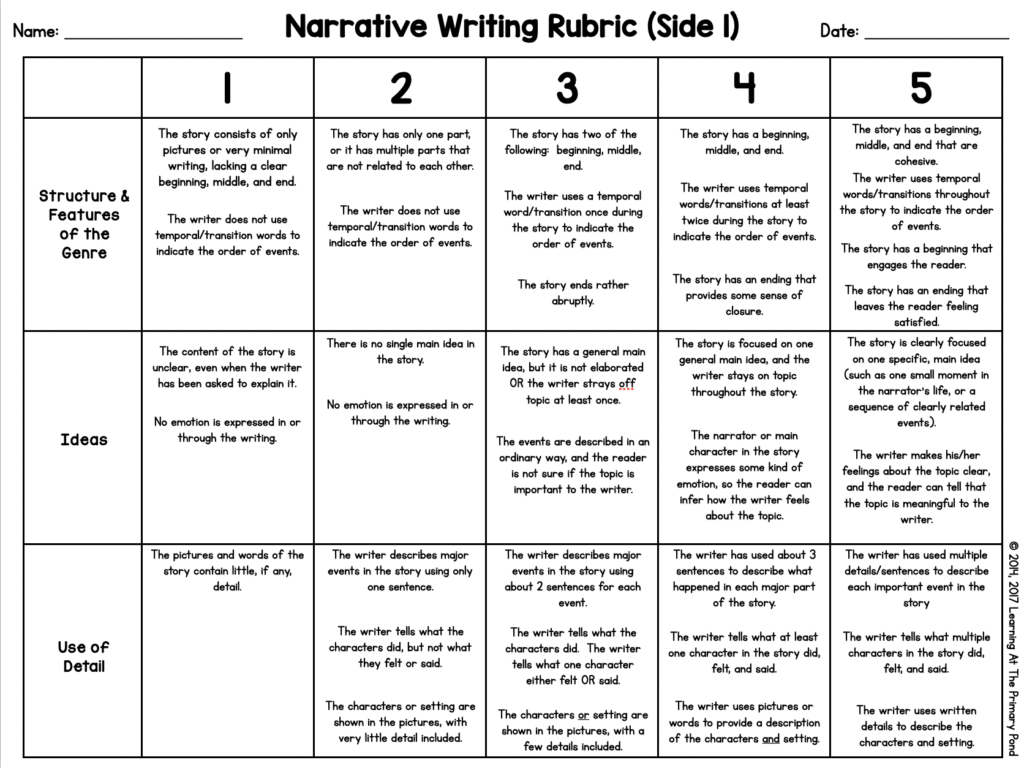
Rubrics are a powerful assessment tool, but they can also be used to help guide what you teach. If you notice, for example, that many students in your class are not using transition words, you might re-teach that skill.
You can grab my Kindergarten, 1st grade, or 2nd grade writing units (for narrative, informational, and opinion writing) here in my TpT store.
Helpful Tips for Giving One-On-One Assessments
This, of course, is not an exhaustive list of assessments. I also use tools like letter sound, letter ID, and phonological awareness assessments. For a free comprehensive assessment, check out this FREE Phonics Diagnostic Assessment! Once you have identified specific gaps, you can use my Reading Intervention products to focus in on specific areas of growth. Check out the bundle here: Phonics Based Reading Intervention Pack Bundle
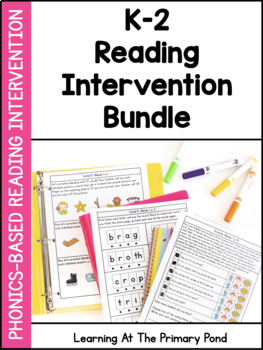
Regardless, one of the challenges of giving one-on-one assessments is that you often still have an entire classroom of kids to manage!
The other students can easily get noisy or interrupt you as you’re assessing – which makes the whole process take that much longer!
So here are some tips to help:
- Go over expectations EVERY time you assess. Students need to know what to do if they have to use the restroom, need help, etc. Train them how to solve their own problems as much as possible, so they don’t interrupt you!
- If your classroom often gets noisy during your typical literacy center rotations or independent work, forego this routine while you’re assessing. Instead, provide students with a list of tasks to work on, one after the other. You can still provide some level of choice – and make sure to include some of students’ favorite activities so they stay engaged!
- Swap partner or group activities for independent tasks, as this can cut down on the noise level in your classroom. My solo literacy centers are fun and game-like, even though students are playing by themselves.
- Give the class breaks as much as possible (i.e. when you’ve finished with a student, before you’ve started working with a another student).
- If you need to rely on technology a bit more than usual (i.e. having students play learning games or listen to books), that’s okay! If students are engaged, it can help you get through your assessments more quickly.
If you need some ready-to-use (aka no prep!) activities for your students to work on while you’re assessing, check out my solo literacy centers for Kindergarten, first grade, and second grade.
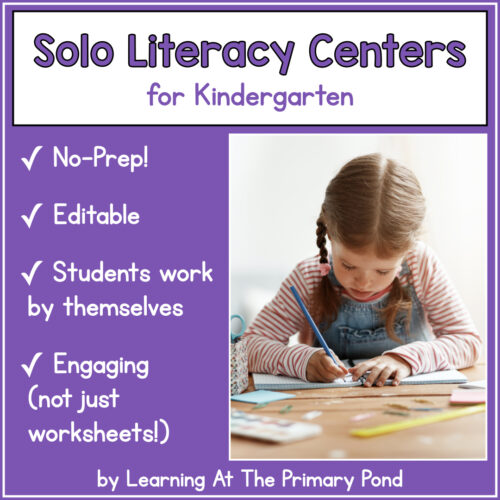
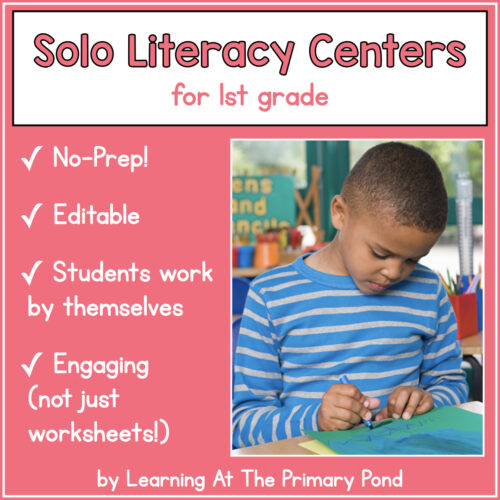
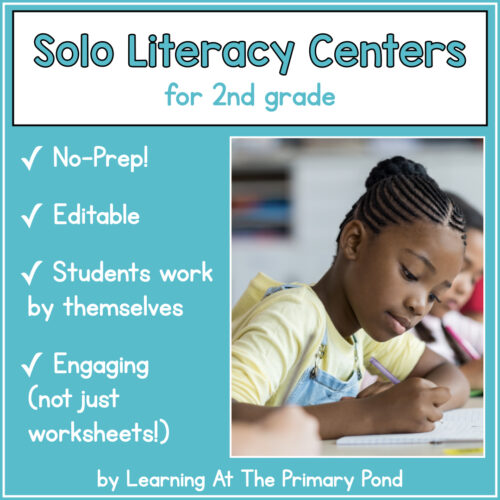
And don’t forget – grab the free phonics assessment (and other phonics goodies) at this link!
Happy assessing!
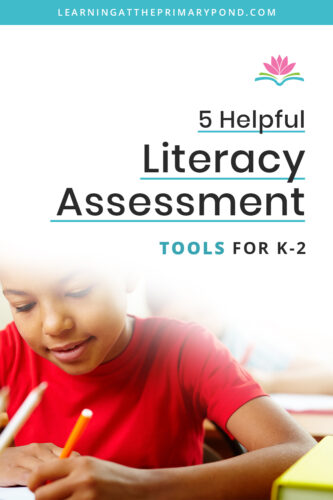

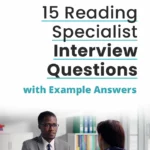
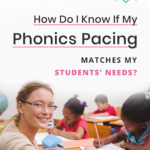

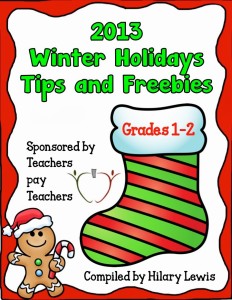
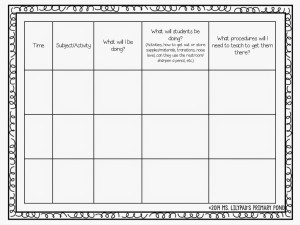
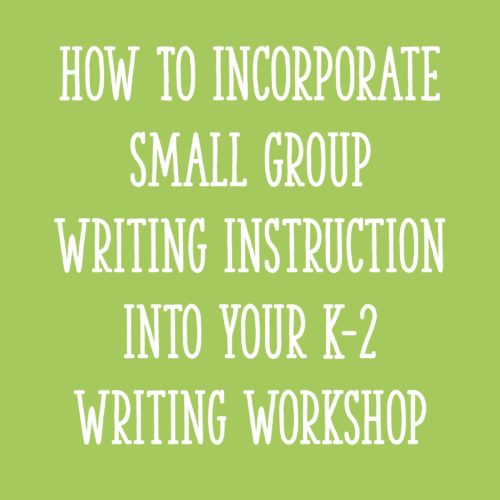






Thank you so much for creating this site. I am taking a course now in Literature and one of your post was assigned for us to read. I’m on the waiting list to sign up for grade 2. I also appreciate that you are offering free webinars! Thank you!
So glad to hear, thanks Laura!